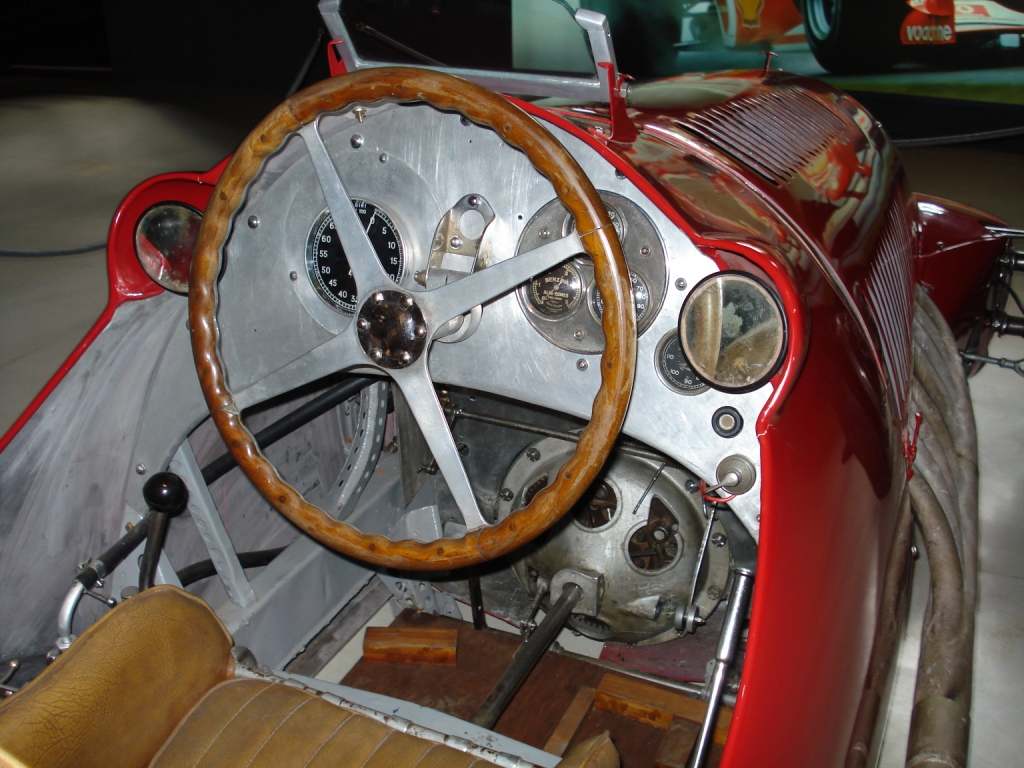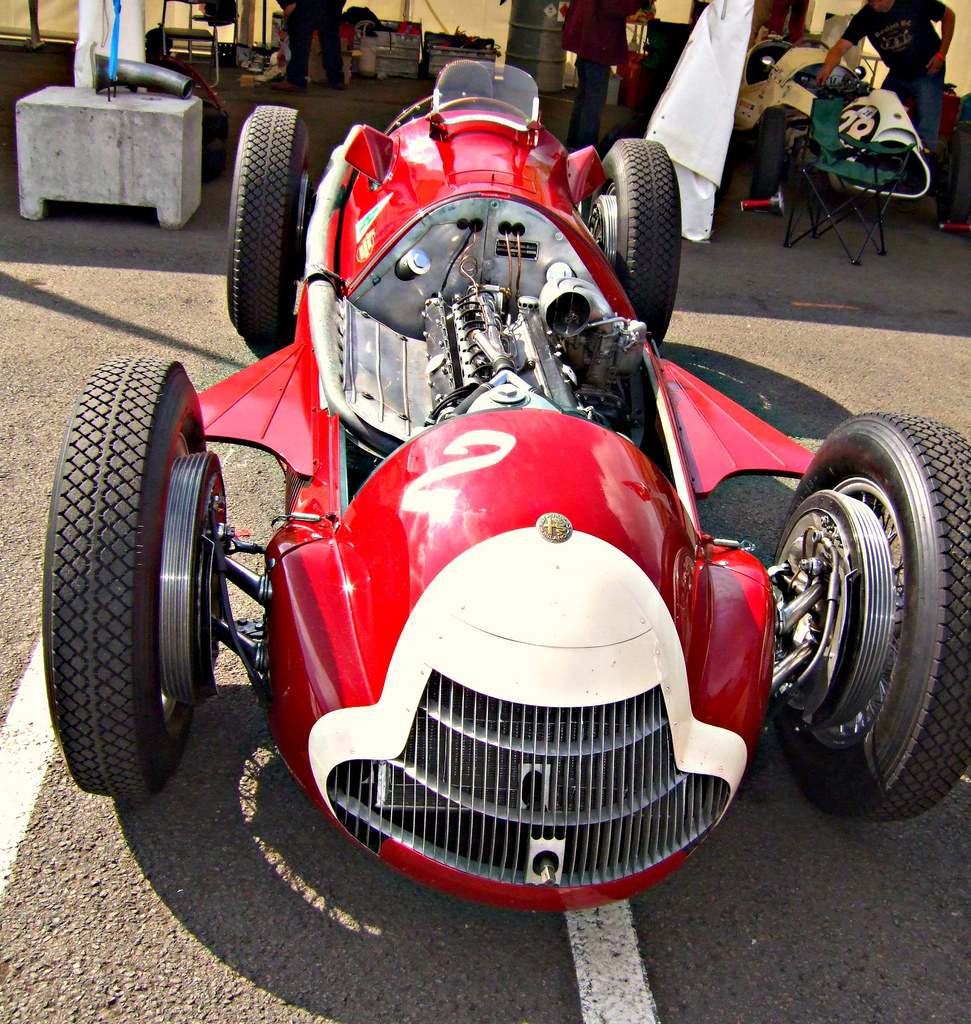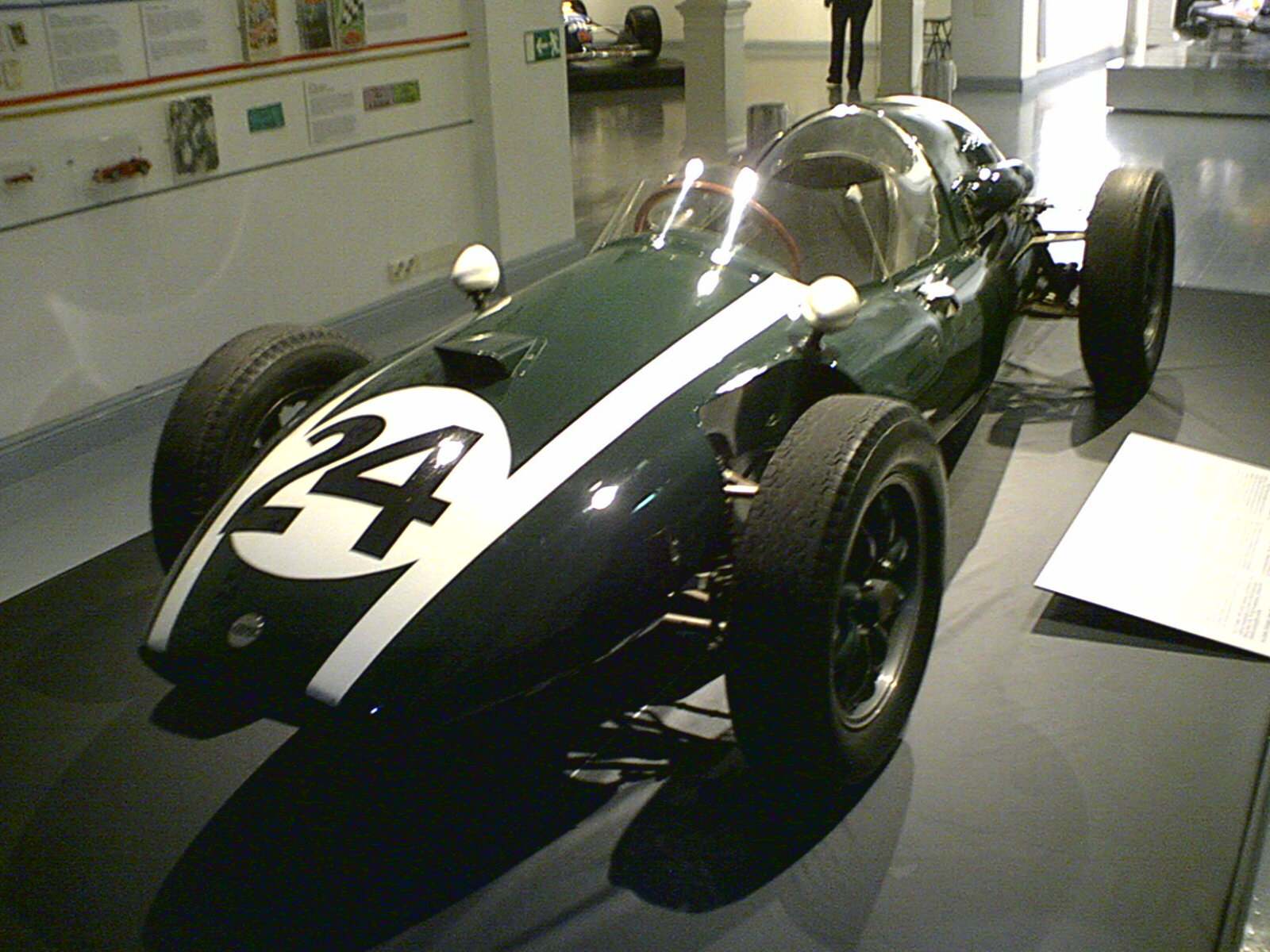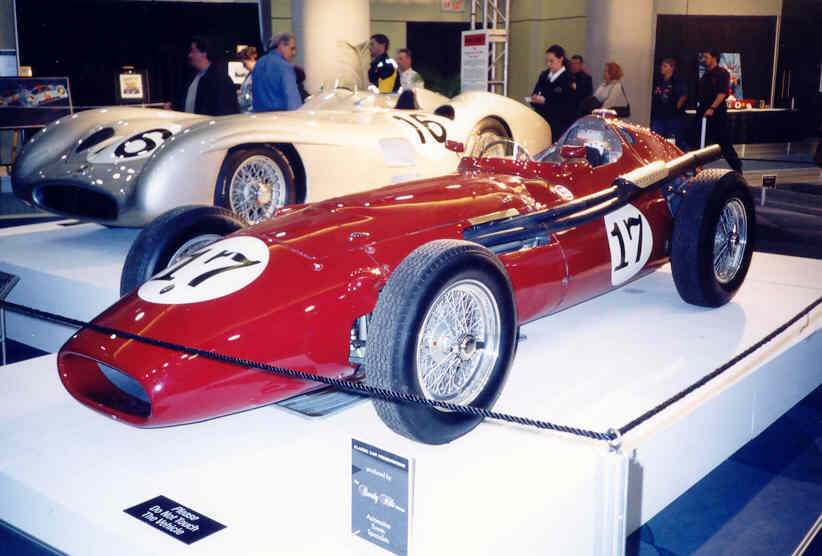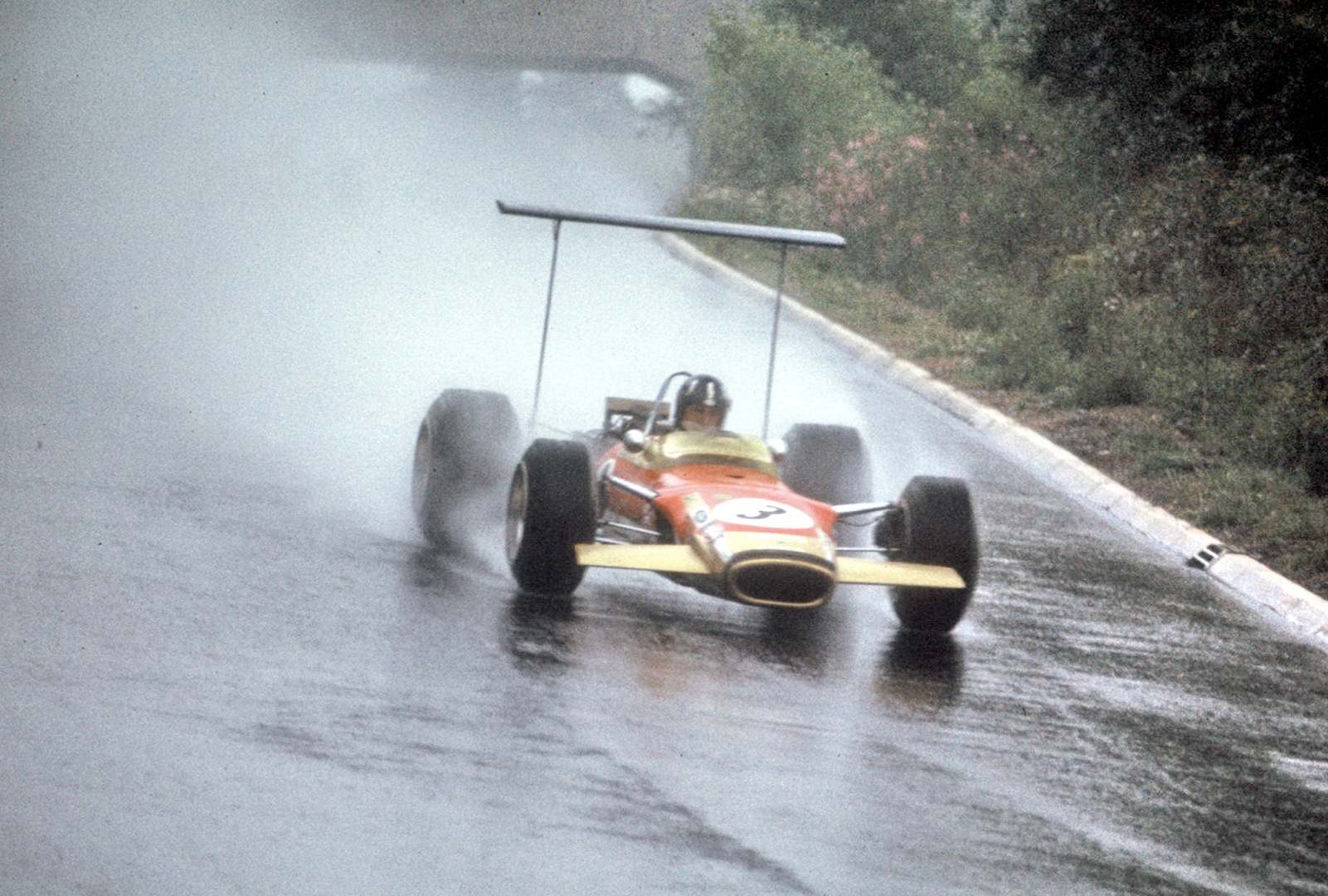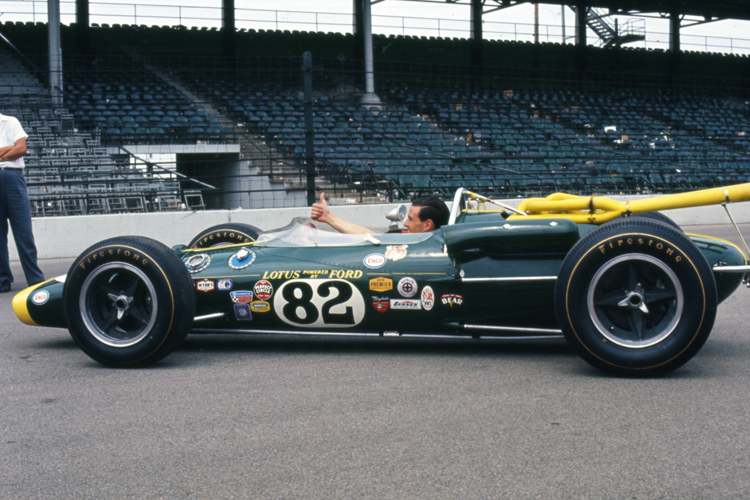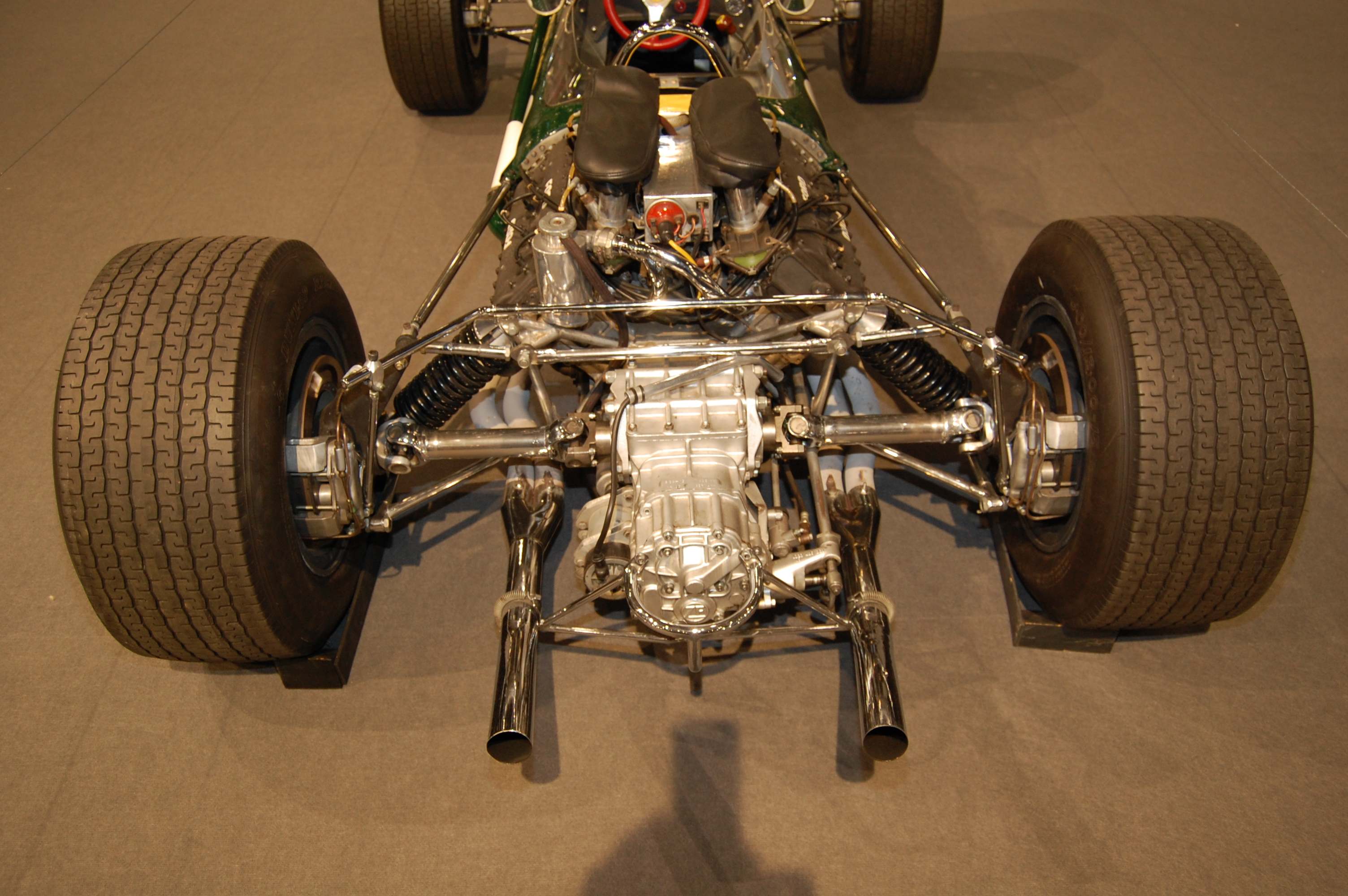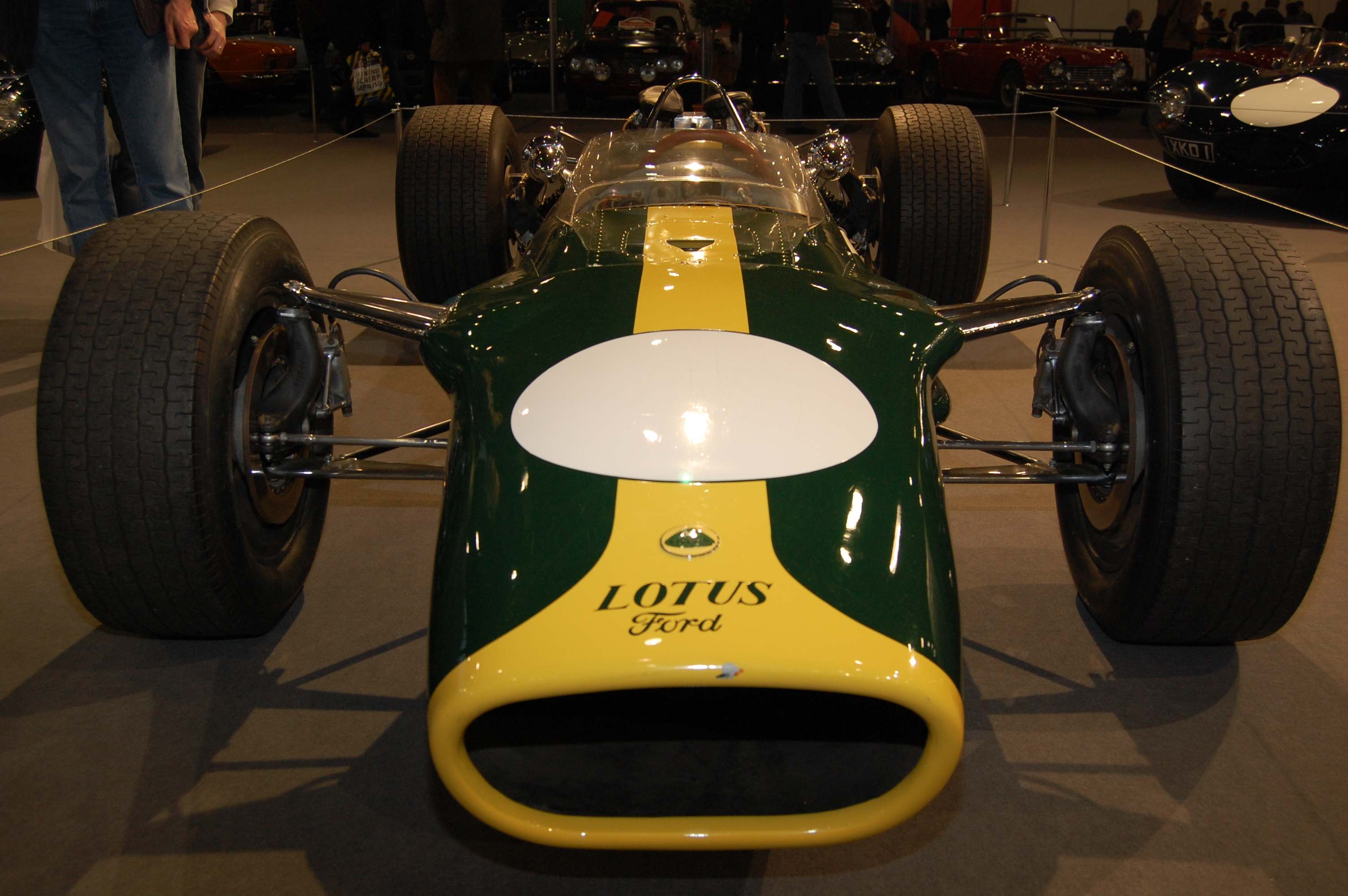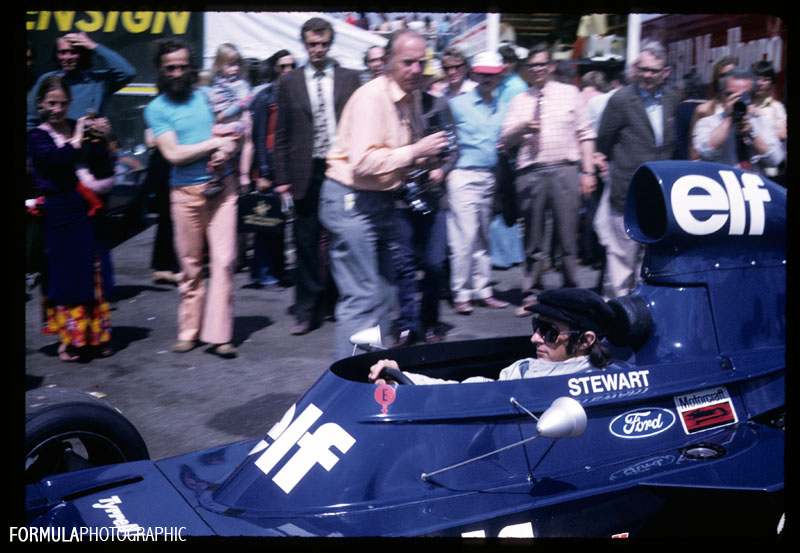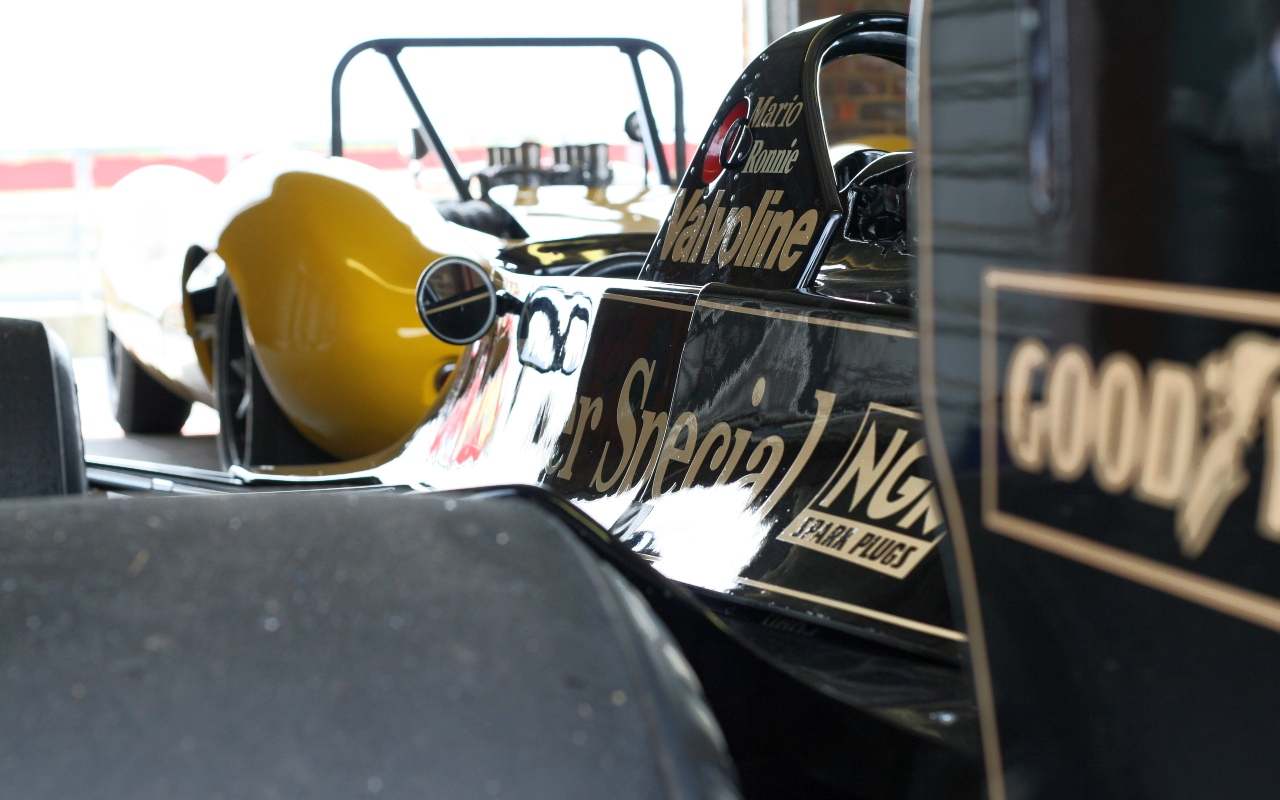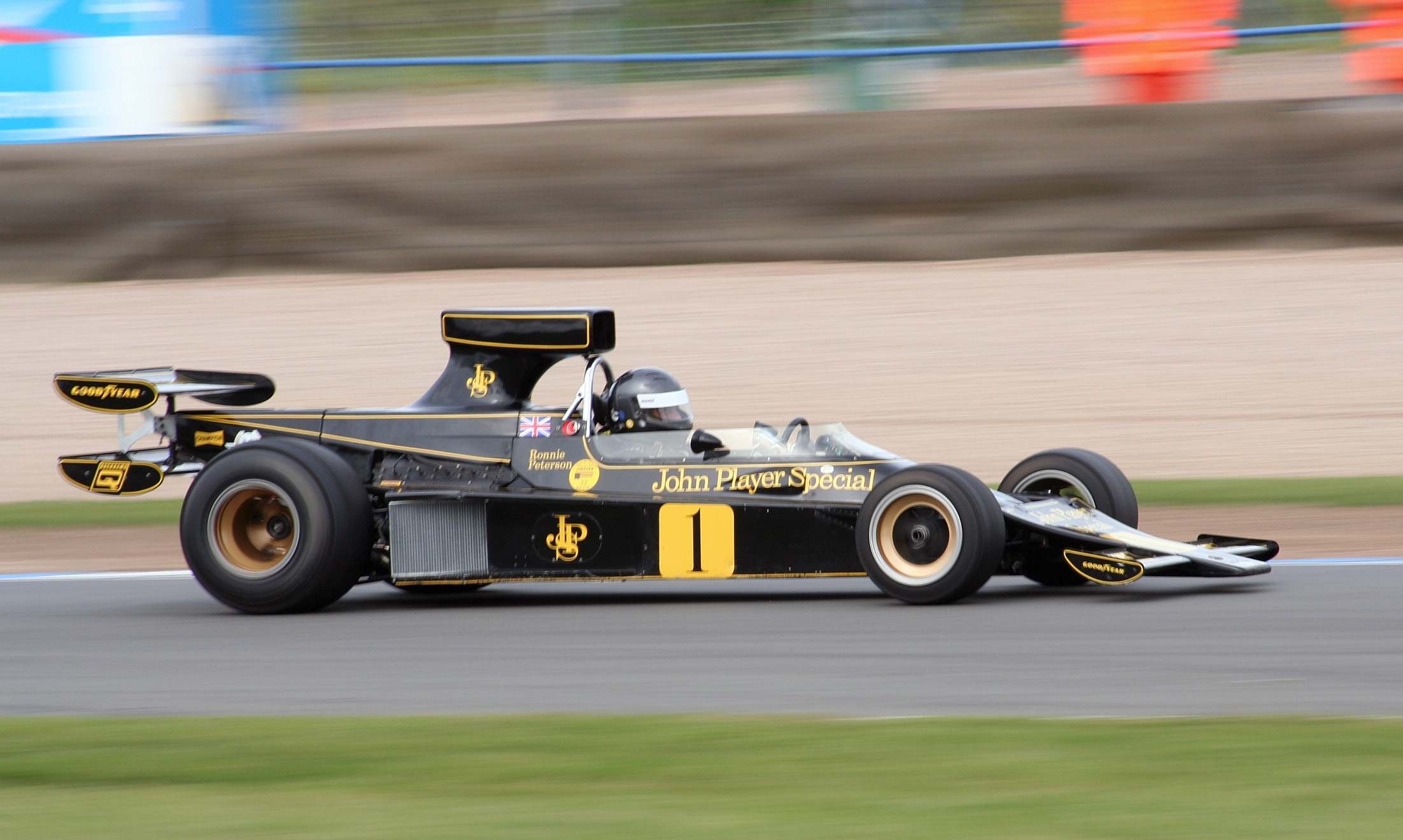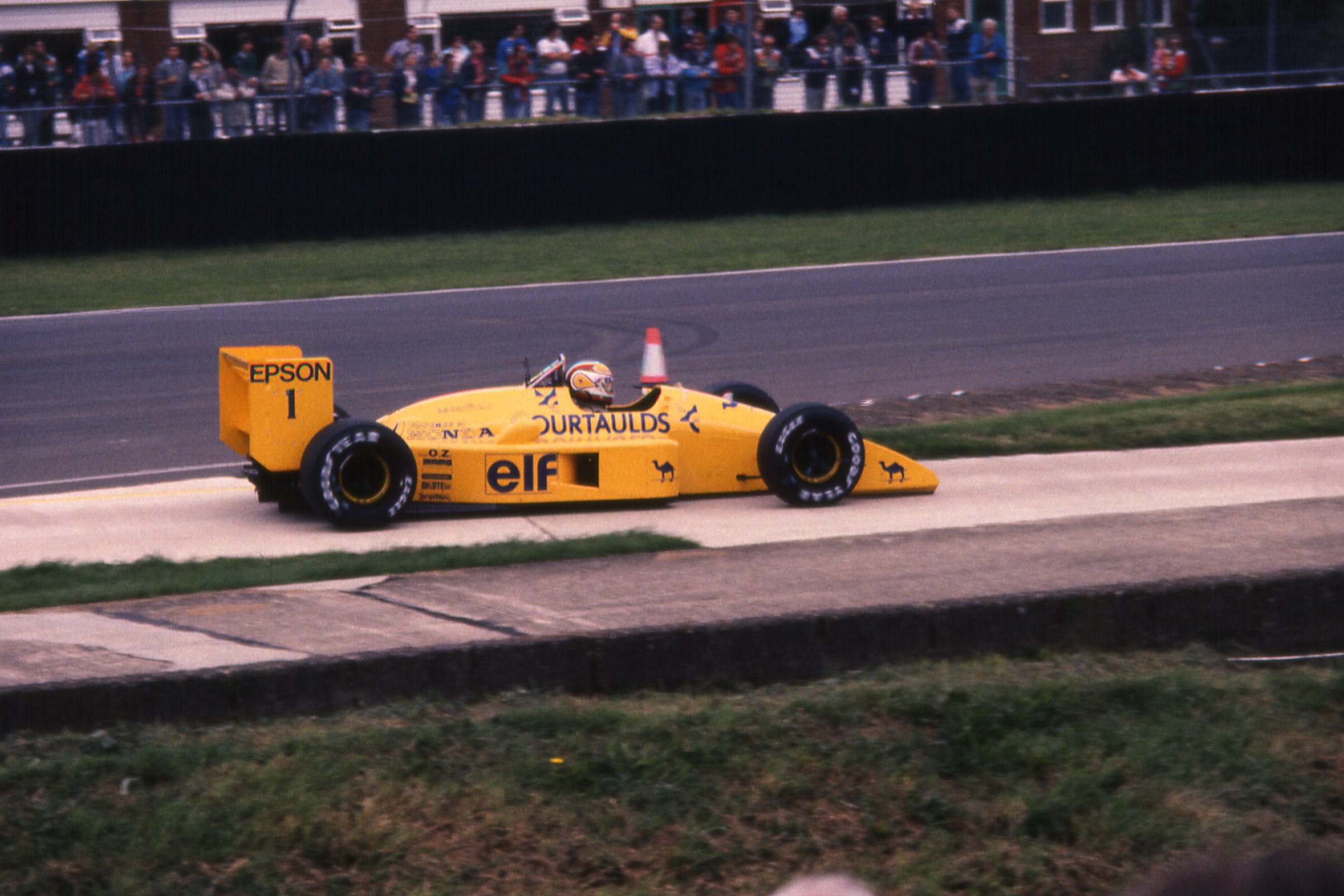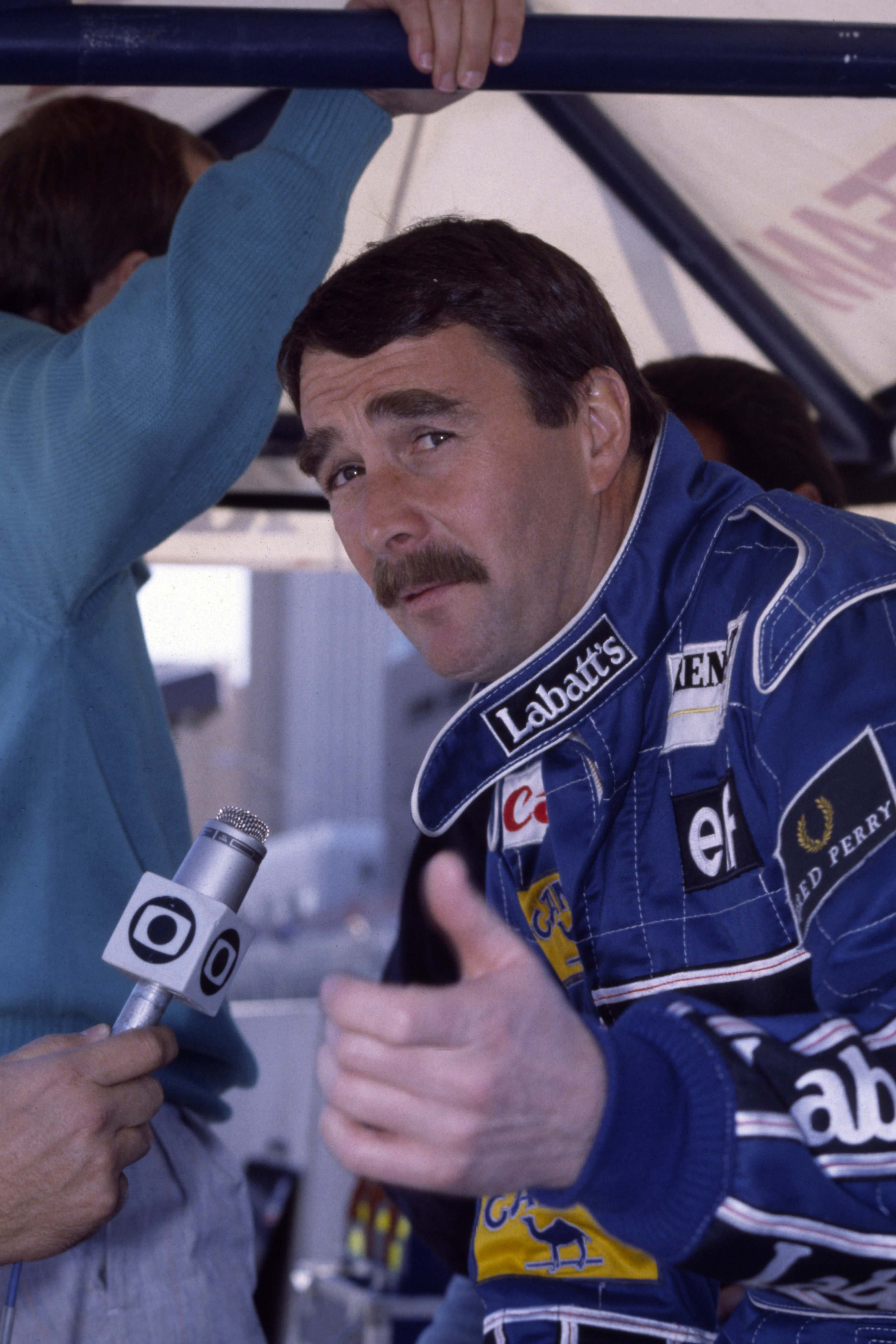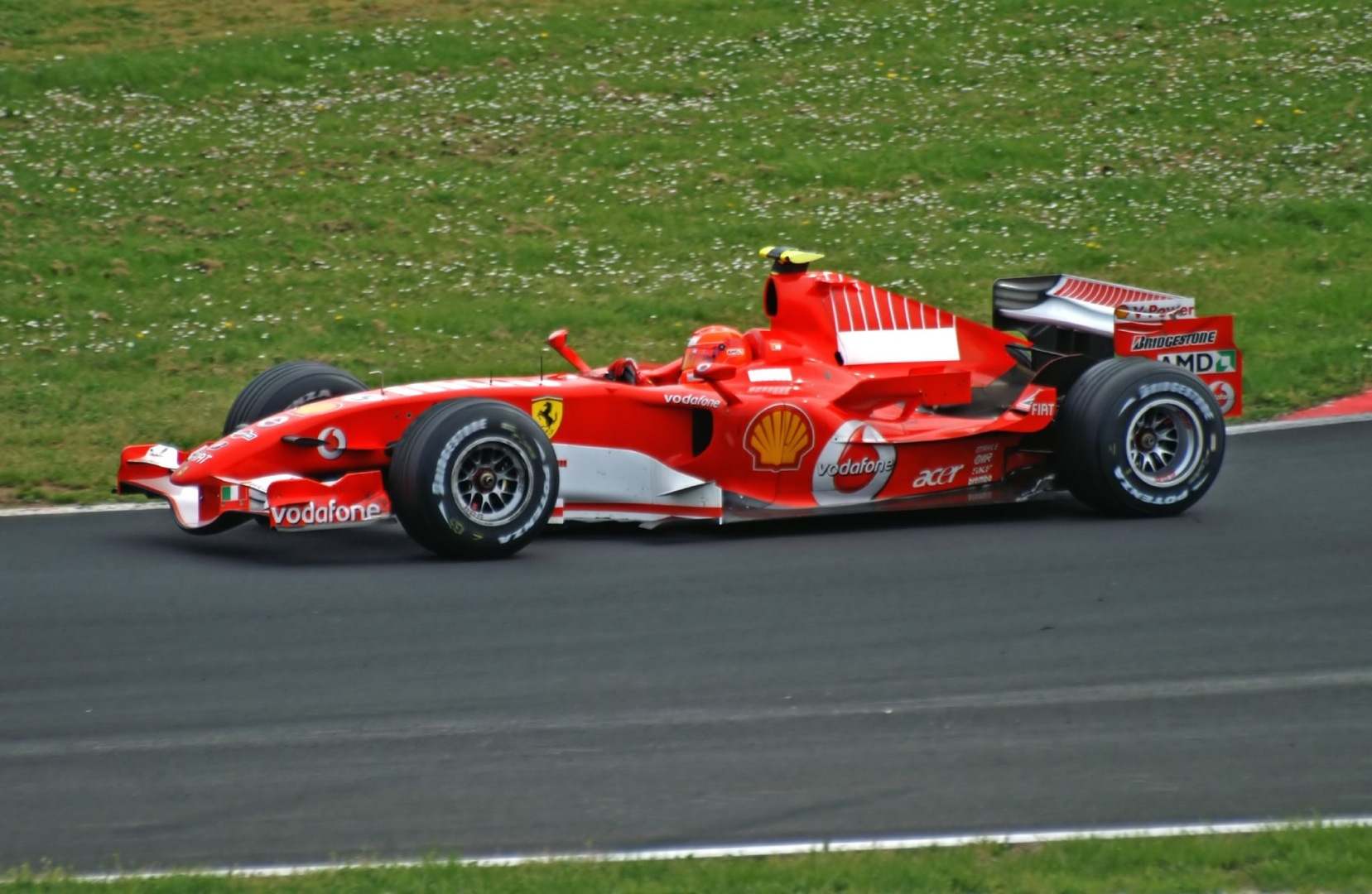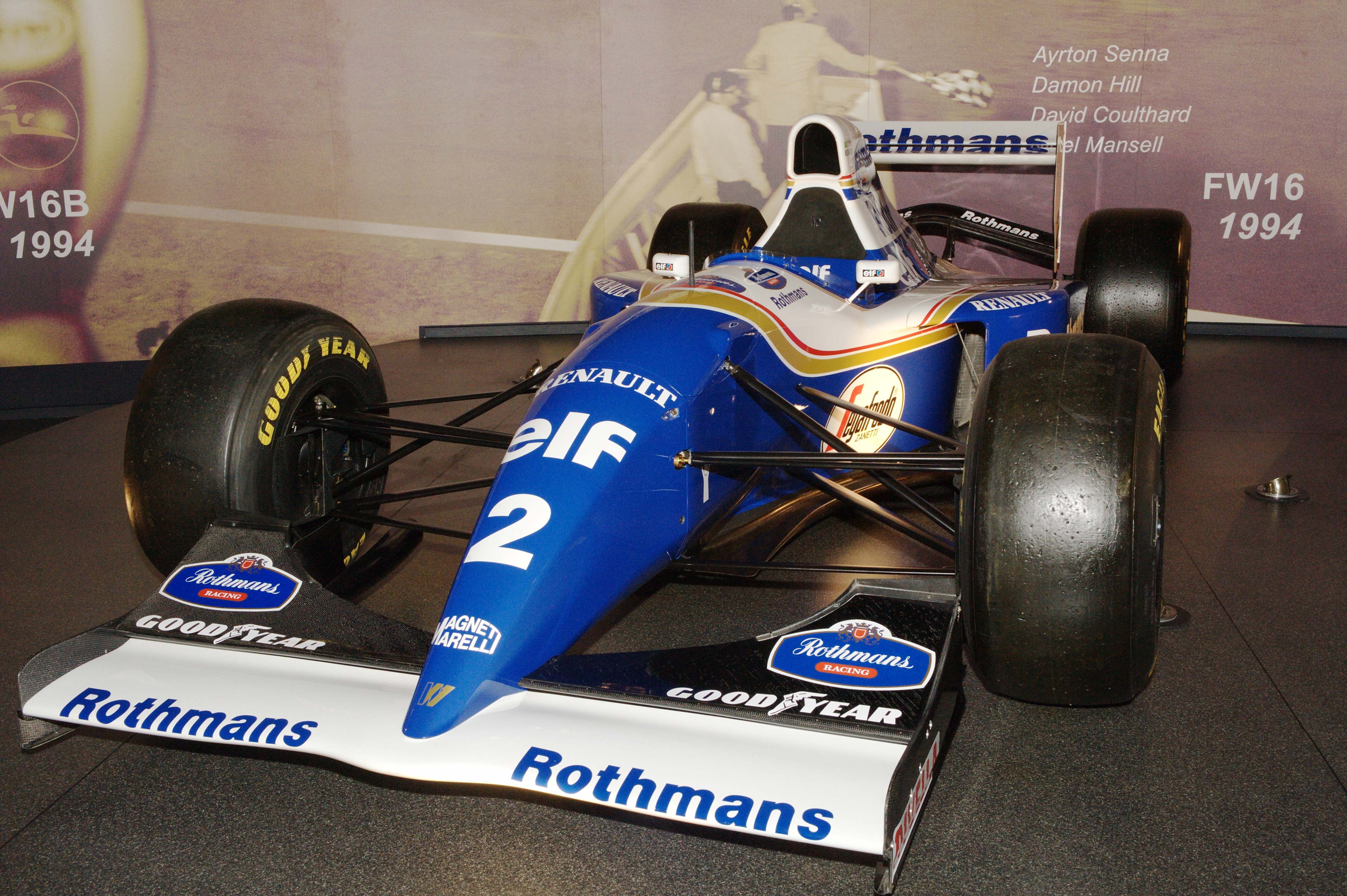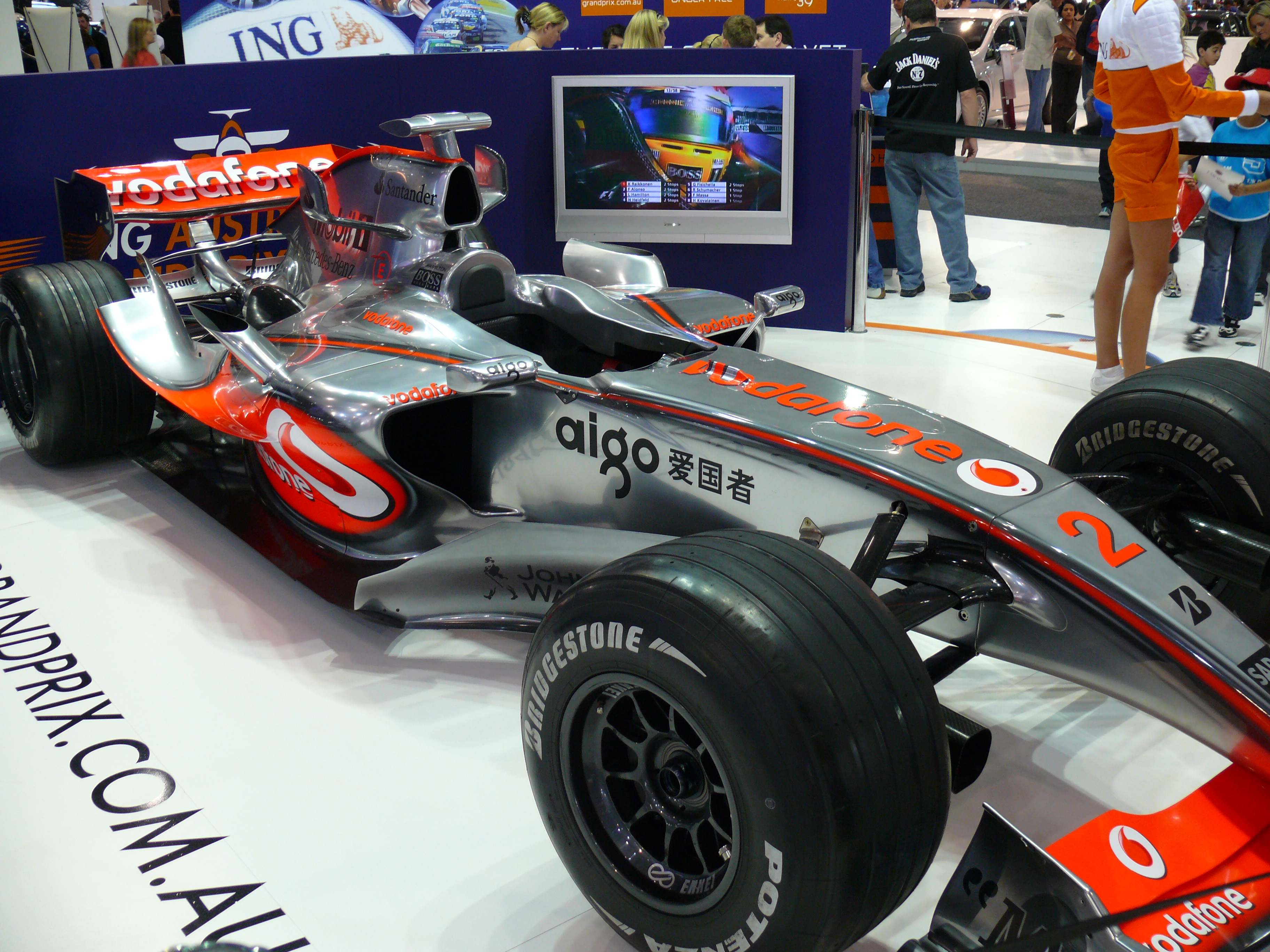The popularity of Formula One racing has grown to a point where it is now attracting a global television audience in excess of 520 million. The race meetings are attended by thousands of people who are all keen and willing to show their support for their favorite driver or team and pay a great deal of money for the privilege.
The amazing cars that you see today on the Formula One race track can reach flat out speeds of close to 220 mph (360kmh) and they still manage to achieve these speeds, despite the fact that their finely tuned engines are limited – if you can call it limited – to 18000 rpm.
This speed goes a long way to attracting the sponsorship deals from some of the world’s biggest companies, which make the Formula One racing world go around. Running a team for a year, taking in all of the races on all of the continents visited, can cost hundreds of millions of dollars, so it is a little above most people’s bank balances.
It hasn’t always been this way, however, as in the early years of the 20th century when this type of racing began, there were no set classes and not a massive amount of in-depth rules. Although it was somewhat crude by today’s standards, the racing continued to improve and culminated in the standardization of the rules by the Federation Internationale de l’Automobile – the FIA – in 1946.
The Turin Grand Prix on September 1st of that year was the very first race to be run under these new rules and regulations and was known initially as Formula A. This maiden non-championship race was won by Italian Achille Varzi, who was driving an Alfa Romeo 158 Alfetta.
Image: Autoblog Uruguay (Flickr)
Image: elstro_88 (Flickr)
The first real world championship race took place at the Silverstone race track on the 13th May 1950 and was won by Giuseppe Farina who again was driving an Alfa Romeo. From this point onwards, the formula went from strength to strength and along the way produced some fantastic drivers.
During the 1950s, one man won the world championship an amazing 5 times in 1951, 1954, 1955, 1956 and 1957 and he was Juan Manuel Fangio . The Argentine driver won his titles driving for four different teams – Alfa Romeo, Ferrari, Mercedes Benz and Maserati – something that has never been repeated. He also set the record, as yet unbeaten, of winning 46.15% percent of the races that he started.
Image: Sherlock77 (Flickr)
Image: Sami Oinonen (Flickr)
As the 1960s arrived, it proved to be a decade that was to be dominated by British drivers, who won in 6 out of the 10 years. Graham Hill won in 1962 and 1968, Jim Clark won in 1963 and 1965, John Surtees won in 1964 and Jackie Stewart won in 1969.
These people took their lives in their hands when you think about the, at best, rudimentary safety equipment that was available at the time. Open faced crash helmets and goggles were the order of the day, but this didn’t seem to bother these daring heroes, who hurtled around the tracks at breakneck speed with their ‘devil may care’ attitude.
Image: prorallypix (fotopedia)
Image: The Henry Ford (Flickr)
Image: | El Caganer (Flickr)
Image: | El Caganer (Flickr)
The 1970’s brought about another 2 championships for Jackie Stewart in 1971 and 1973 and one in 1976 for another British driver, James Hunt. There were some memorable races during these years, which saw the likes of Nikki Lauda and Emerson Fittipaldi battling for supremacy, each taking 2 titles during the decade.
Image: formulaphoto (Flickr)
Image: bobaliciouslondon (Flickr)
As the 1980s arrived, a bright young driver by the name of Ayrton Senna burst onto the scene to join Lauda, Prost, Piquet and co and really put the cat amongst the pigeons.
Senna’s driving style enabled him to become a challenger for the title very quickly and in 1988 he won the first championship of what would prove to be a treble. Unfortunately, he was tragically killed in a crash during the San Marino Grand Prix in 1994 and it is regularly said that this championship figure would have undoubtedly been much higher if he hadn’t suffered such an untimely death.
Image: Mark Curzon (Flickr)
Image: IoW_Sparky (Flickr)
By the time the 1990s came around, Formula One was absolutely huge, but nevertheless as exciting as ever, especially with the emergence of a certain German racer.
As soon as he burst onto the scene, it was obvious that Michael Schumacher was going to be the one who eventually beat Fangio’s long standing record of championship wins, something he did when he managed to win seven championships.
There were also several British drivers who proved themselves in this decade, with Nigel Mansell winning the title in 1992 and Damon Hill following in his father’s footsteps, winning in 1996.
Image: StuSeeger (fotopedia)
Image: ingirogiro (fotopedia)
Image: Jez B (Flickr)
As the new century began, Formula One was proving to be more popular than ever, with more people wanting to see these modern day gladiators giving it there all.
There was an influx of young exciting drivers who were only too keen to muscle in and mix it with the older experienced guys, all becoming virtual superstars, bringing a clean cut image and the natural ability to be comfortable in front of the television cameras giving interviews.
Image: Alistair Brett Woodford (Flickr)
The cars that race today, in reality, bear very little resemblance to the leviathans that the early racers had to cope with, as almost everything is now assisted or managed by computer.
The speeds may have increased, but the safety measures in place nowadays have drastically reduced the chances of the driver being injured if he is involved in a crash. Technology has played a massive part in the success of this type of racing, as it evolved as quickly as the need dictated during every decade.








